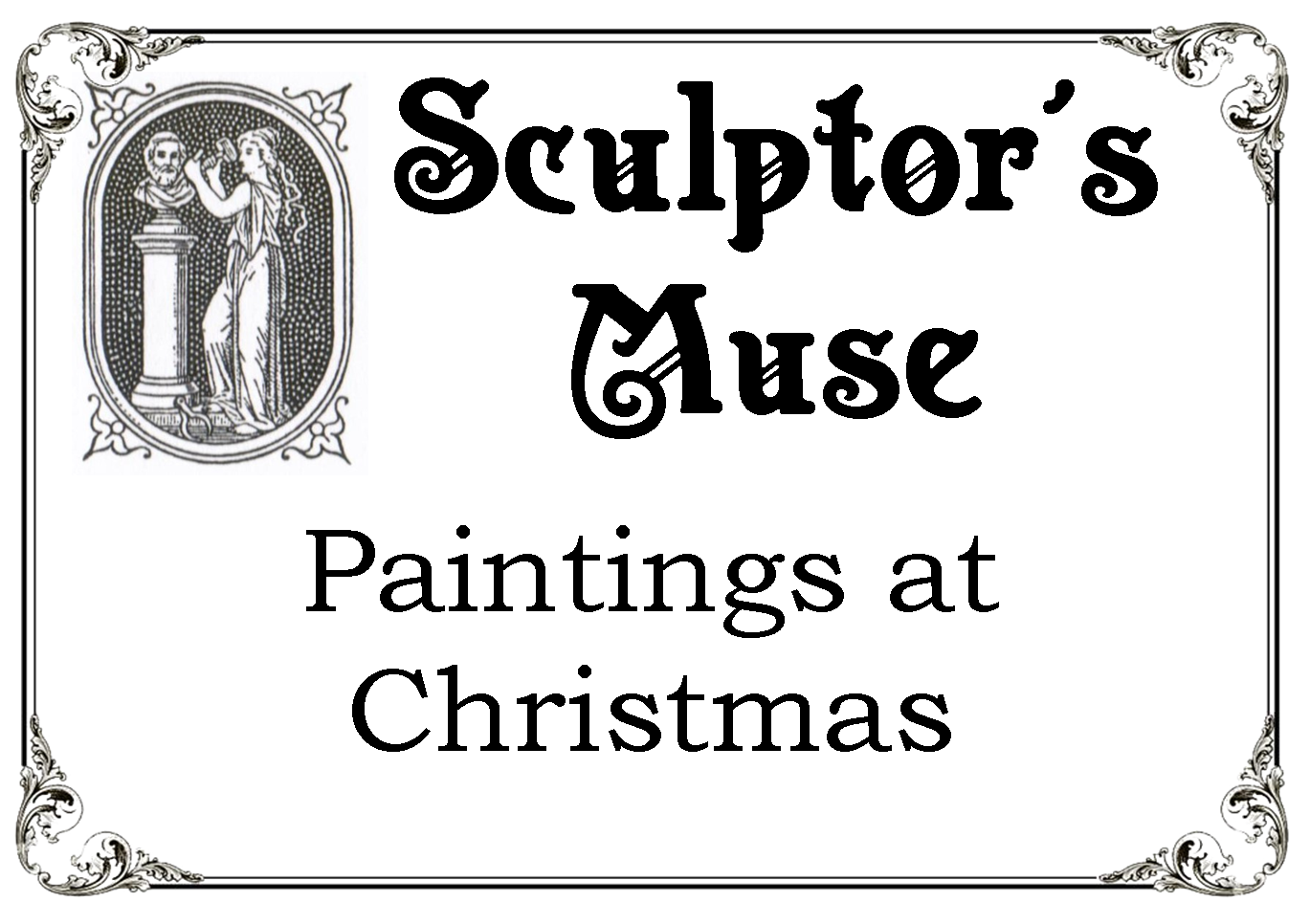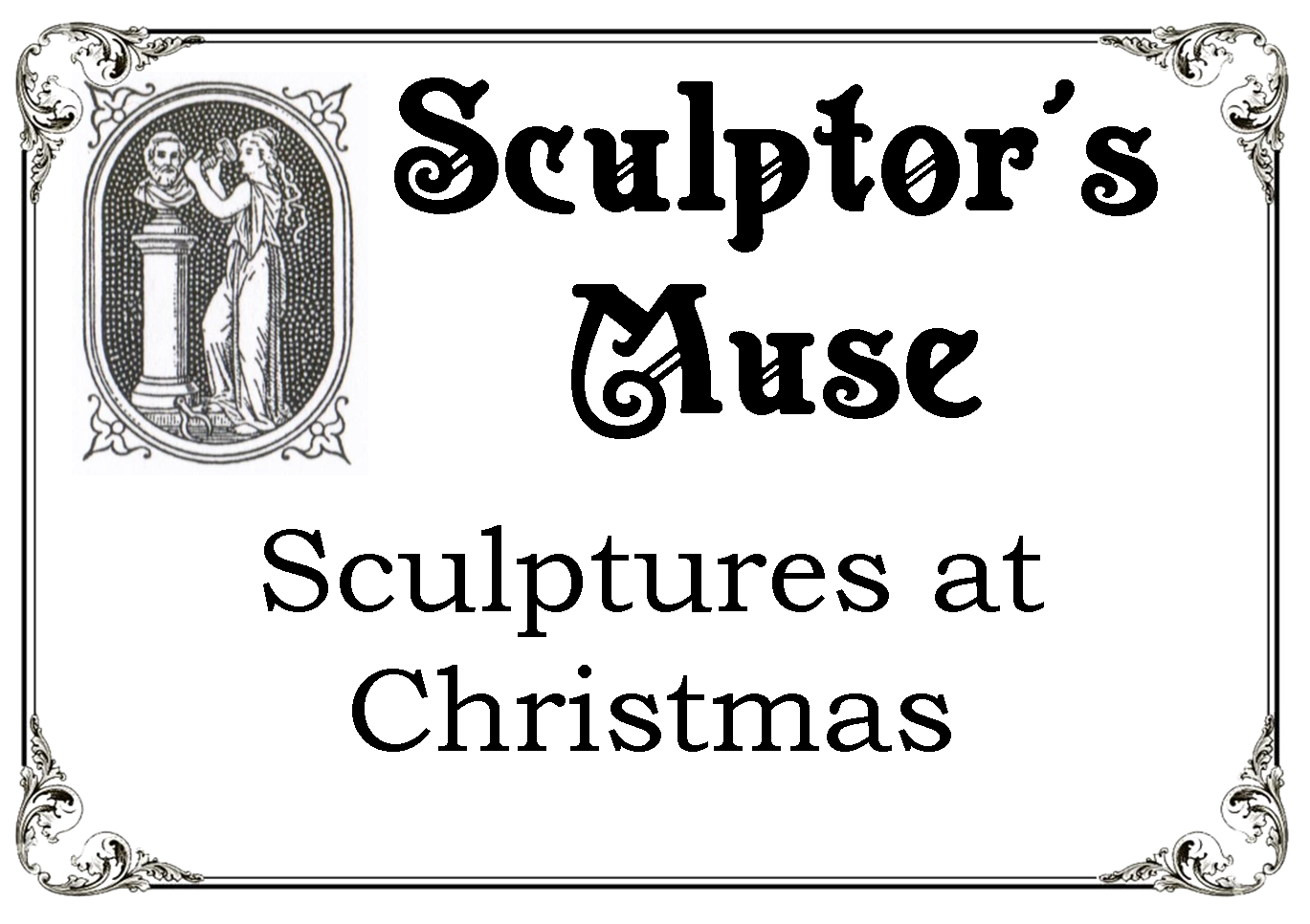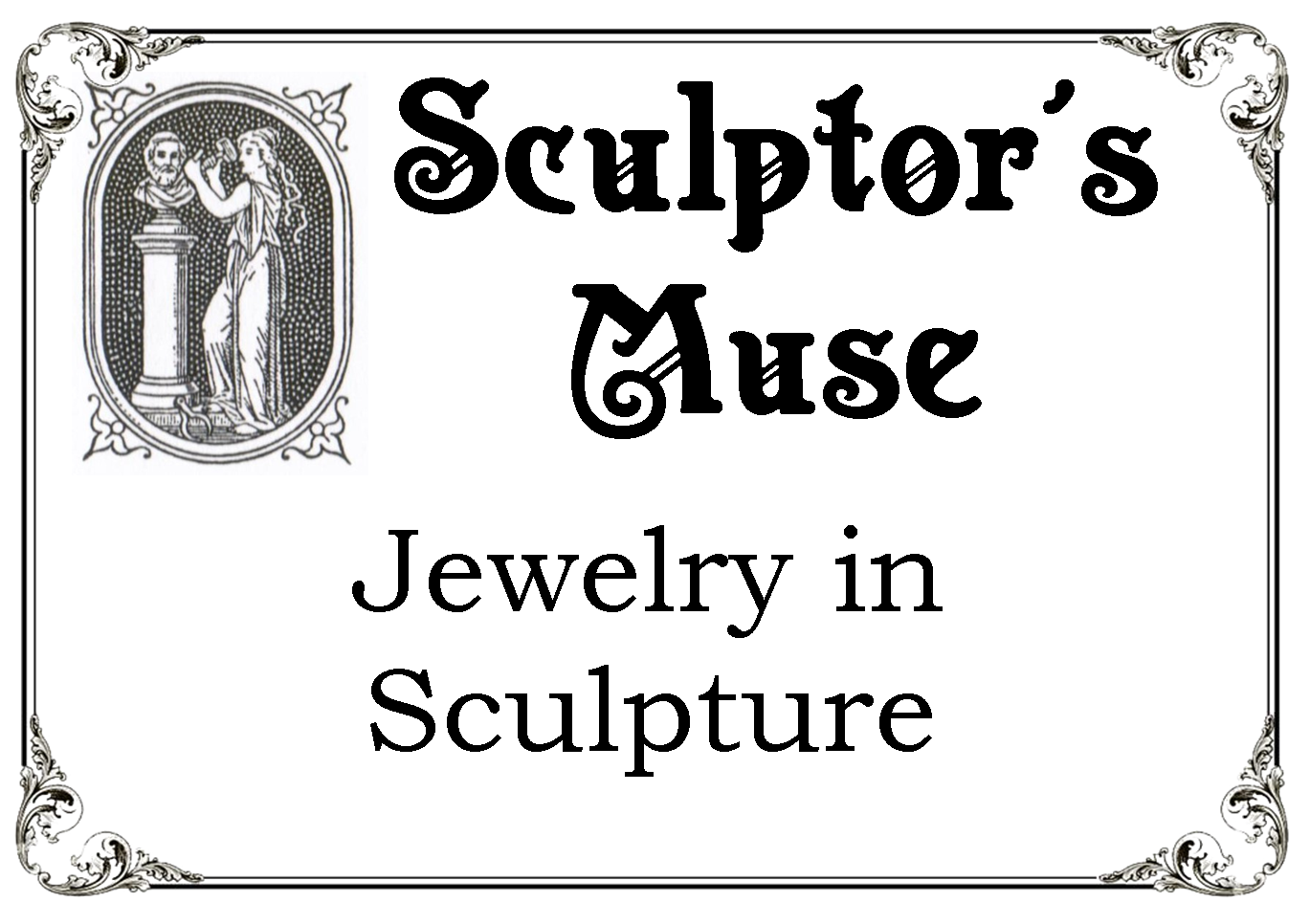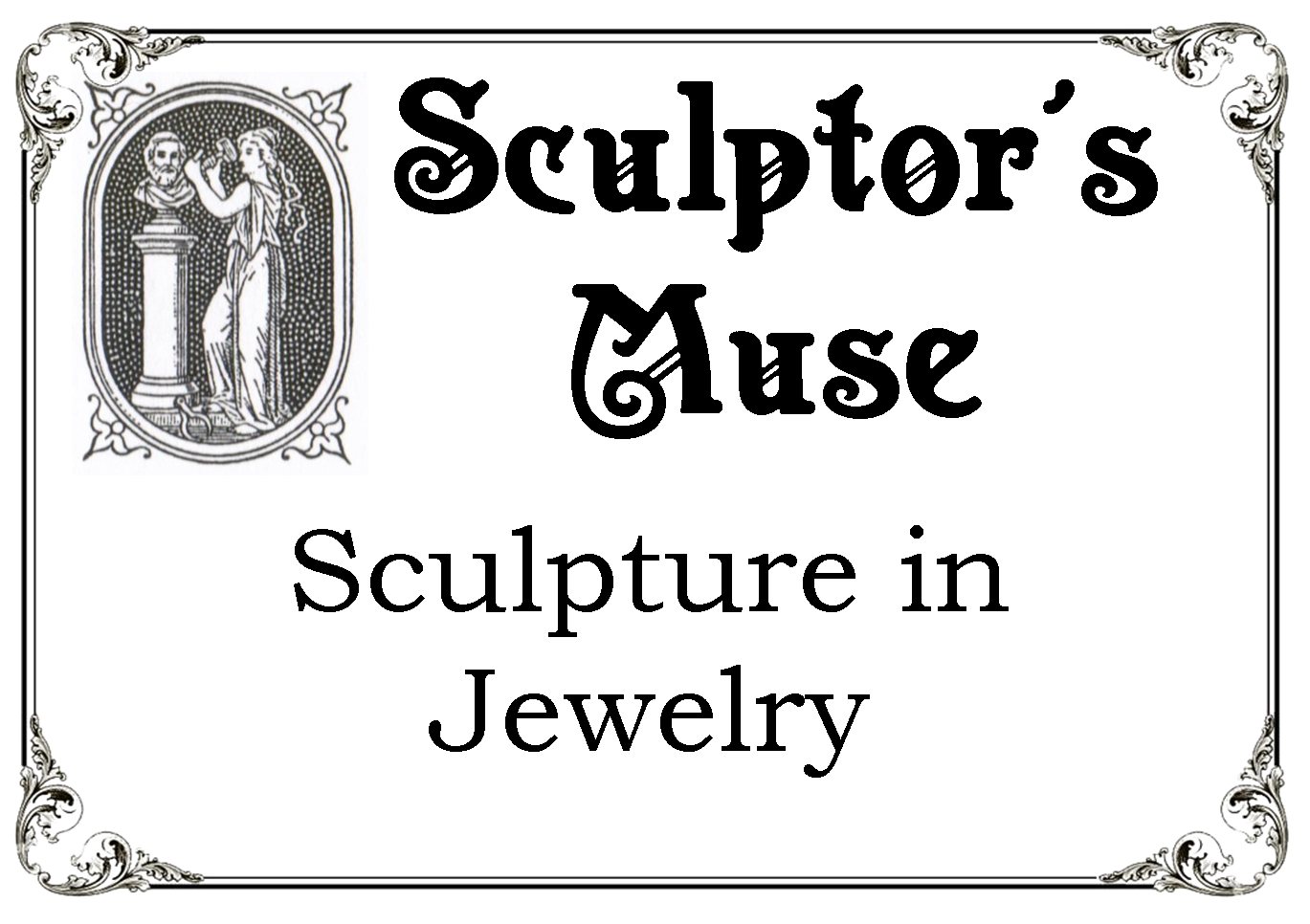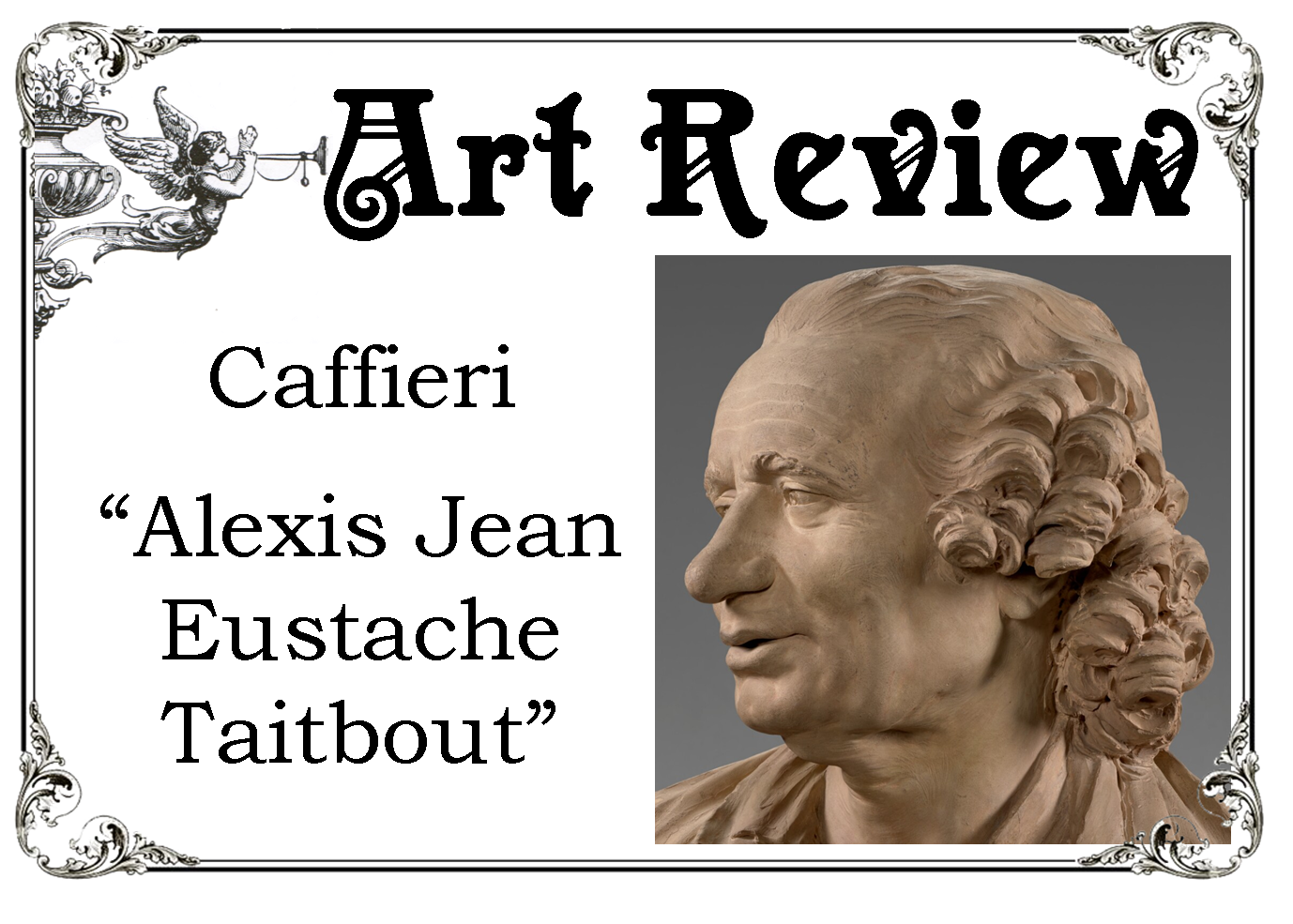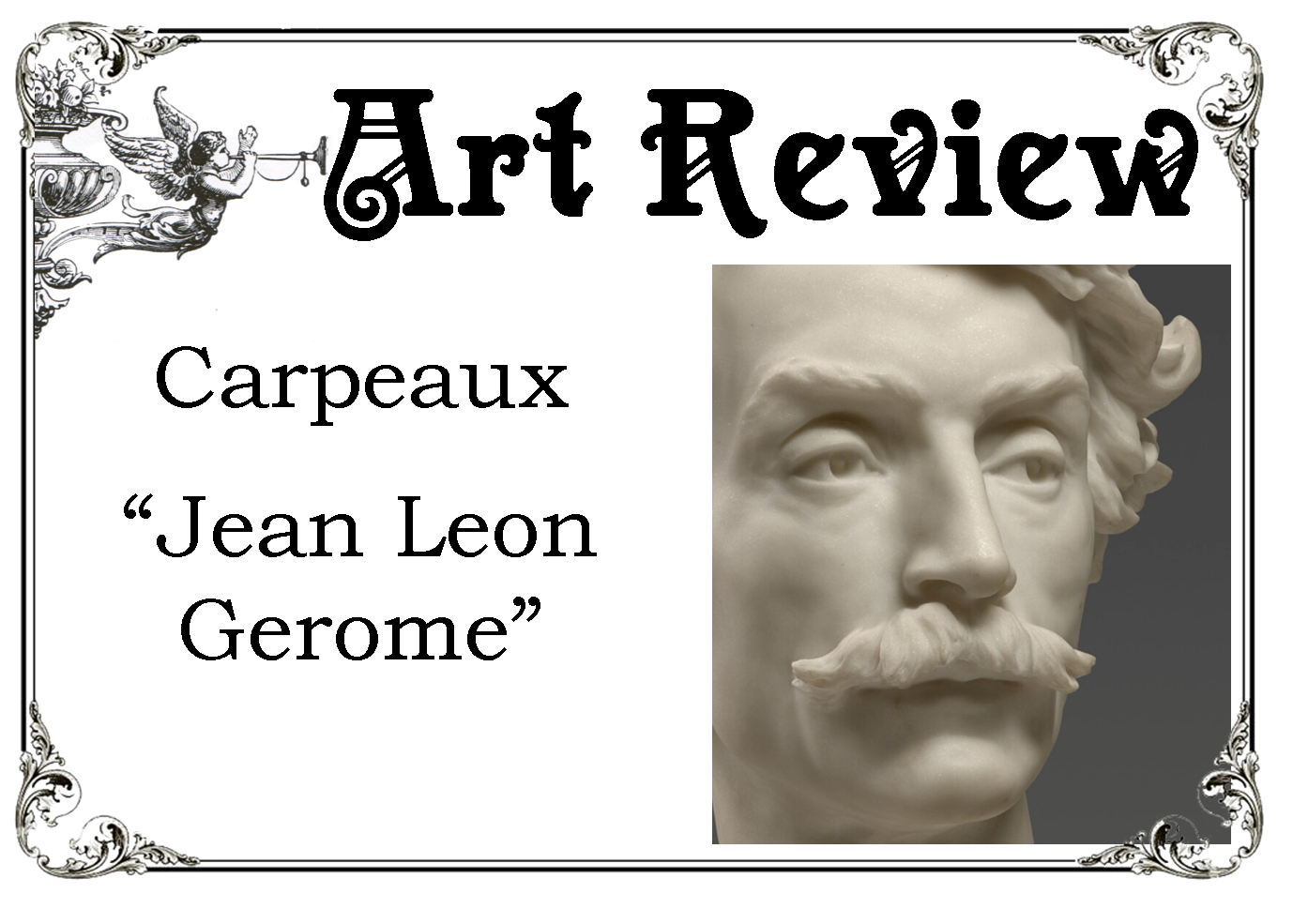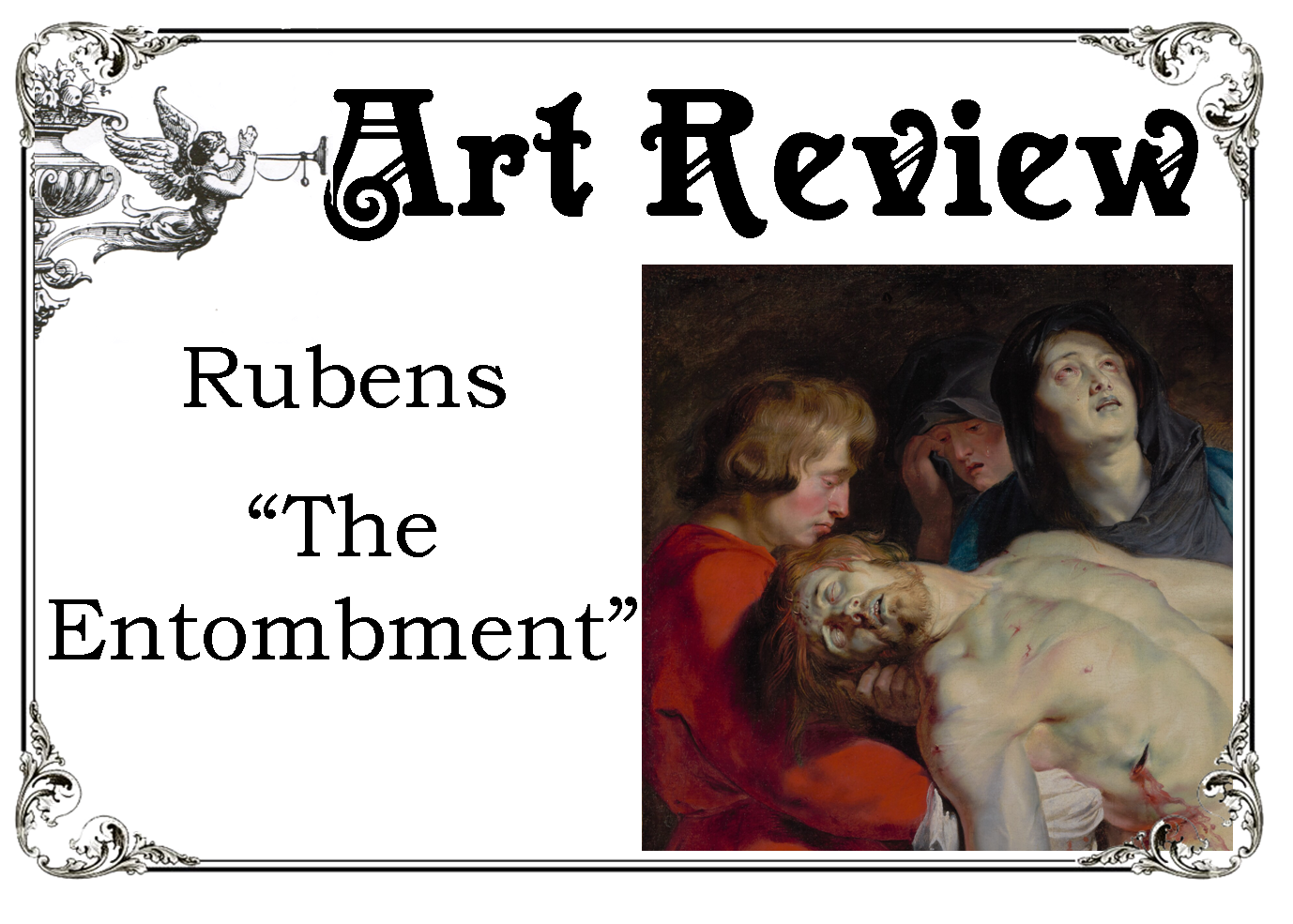
Inspired by Michelangelo's Sketches
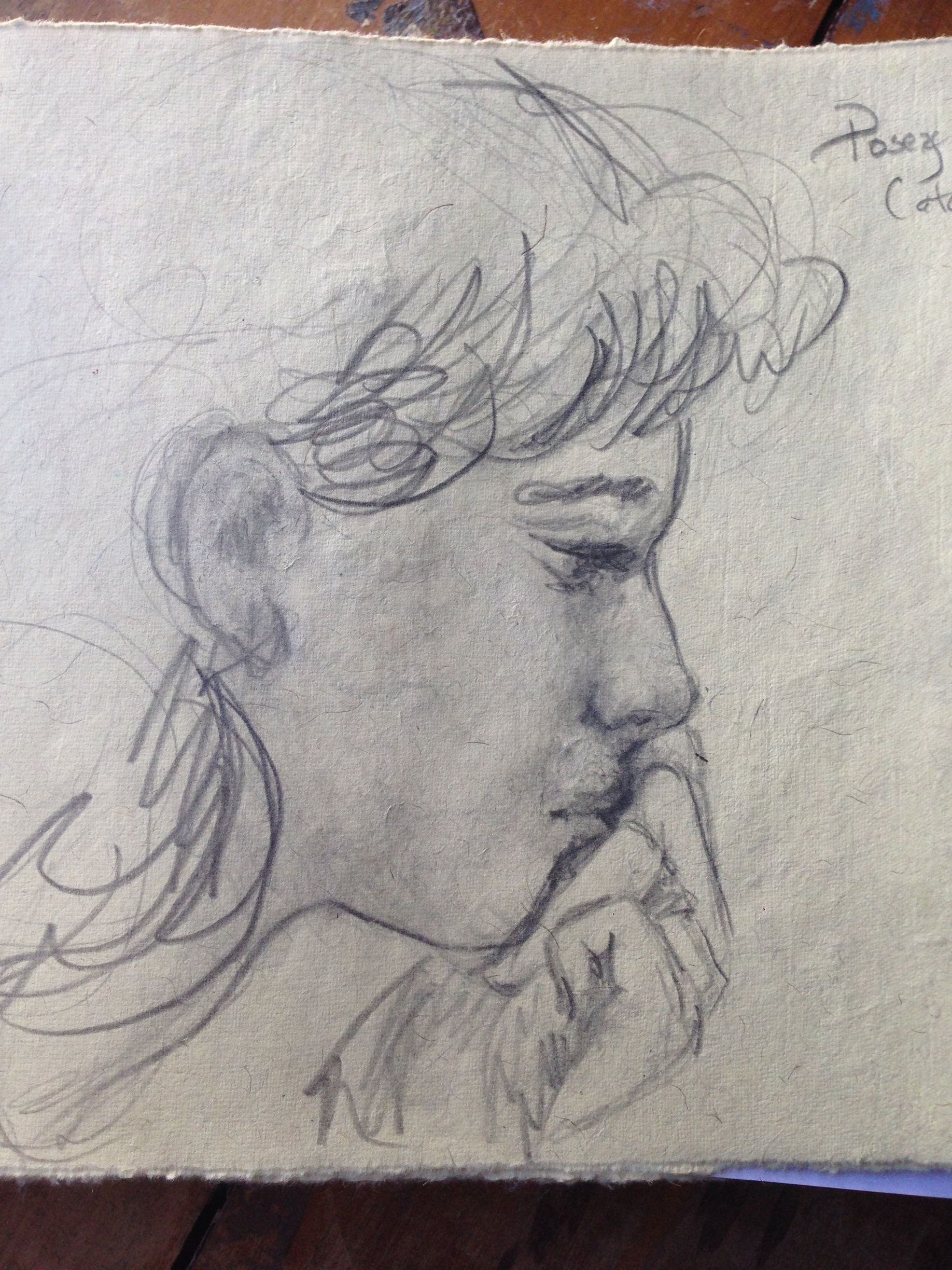
I highly recommend the Michelangelo exhibit at the Frist. Only two rooms, with about 26 drawings from his sketchbooks. So a small but well worth it exhibit! I loved seeing his handwriting on the pages and his working out different compositions of the same figure. I was so inspired I came home and sketched more (with my awesome children as models).
I've had this sketchbook for several years as a gift from my father. It is handcrafted with a leather cover and hand made paper. Since it didn't have a hard cover, it was impractical as a field sketch book. It was so beautiful I didn't know what to do with it. I was afraid to do something that wouldn't look good. But when I saw Michel Angelo's sketches, I was inspired to just go ahead and fill the pages up!
I love the toned natural look of the paper - however, it is soft and as such makes sketching that much 'truer'. Sketching should be done very quickly, the main purpose is just to get down initial ideas, concepts or compositions. Inspiration comes quickly and you've got to jump on it. An overworked sketch loses so much of it's initial fire and charm. So, the soft paper forces me to be quick, because it doesn't erase lines well at all! It's almost like sketching in ink. These rapid-fire sketches (gestures) compared to sculpture would be the rapid-fire bozzetto or ebauche (depending on if you prefer the Italian or French form).
Whether clay, charcoal or graphite - I usually spend five minutes or less on any sketch or bozzetto. This 'first fire of inspiration' is probably my favorite element in the creation process.
The photos below show some sketches from the leatherbound sketch book, and a couple of bozzetti of my son and daughter when they were younger. The bozzetti are 'terra cruda' meaning unfired clay. I usually don't keep my bozetto. Sketchbooks can easily be placed on a book shelf, but sculpture takes up room and I don't have room enough in the studio to keep all the bozzetti I do! However, I have kept a few when the models happened to be my children. In order to keep myself limited on my time, I usually sketch my children while they are doing something like reading or playing a game together. It keeps them quasi-still forcing me to get down the main elements as quickly as possible. Occasionally I will have them actually model if the sketch or bozetto is intended to become a more complete drawing or sculpture.
Thank you Michel Angelo Buonorotti for inspiring sculptors 500 years later with your sketch book pages!
To leave a comment you must be logged into Facebook on your device.





